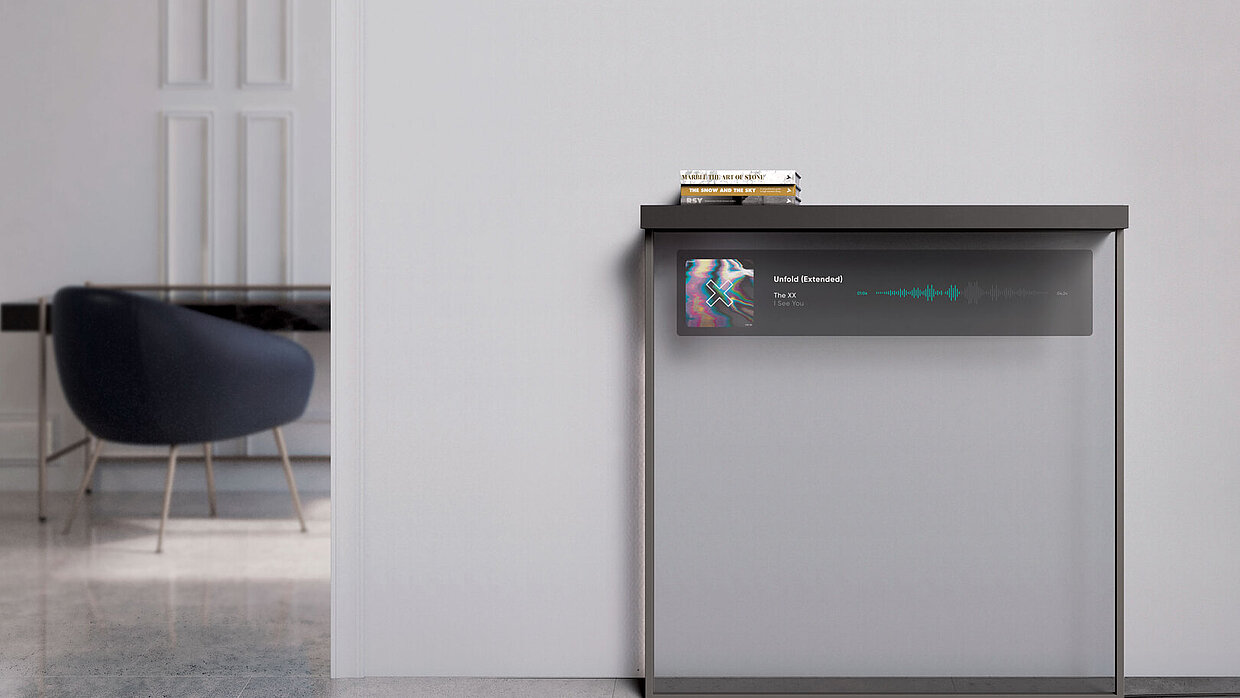
Beyond the Screen: The Evolution of LG’s Transparent OLED TV

Every year, the Red Dot Award honours projects and concepts that impress with their innovative strength, design excellence and social relevance. Particularly noteworthy: students from the Savannah College of Art and Design (SCAD) have consistently been outstanding talents among the entrants for many years..
Their work shows that design today is much more than just aesthetics. Design is attitude, responsibility and a change of perspective. Whether visionary product ideas, moving communication campaigns or hybrid brand experiences – SCAD students bring relevant topics to the forefront and set international standards in the process. Their projects make it clear how creative education at SCAD leads to concrete design expertise – and how young designers use their voice to actively shape society.
SCAD is internationally recognised as one of the leading institutions in the fields of design, art and digital media. The university’s holistic educational approach combines artistic excellence with entrepreneurial thinking and social relevance – a combination that is clearly reflected in the quality of the award-winning projects.
The idea of design not as an isolated concept but as an interface between disciplines, technologies and people is at the centre of this approach. This is how interdisciplinary teams develop innovative concepts at SCAD – often with a high social impact and international potential.
Numerous award-winning concepts from SCAD students show that good design is not only aesthetically pleasing, but above all, socially relevant. One example is the Alo Rooms project, a smart, individual yoga studio developed during the pandemic to enable social distancing. The design offers intuitive user interfaces that meet the needs of modern yoga practitioners – and was awarded a Red Dot: Best of the Best in the Red Dot Award: Brands & Communication Design 2023.
» Read the interview with Yeojin Shin, Avery Ulanet and Tra Nguyen
Another example is the design concept Ômwala, a versatile vest specially designed for refugee children. It can be transformed into a bag, a seat mat or a play object and was designed to give these children a sense of security, comfort and functionality. It was awarded a Red Dot in the Red Dot Award: Concept Design 2018.
The project People of Color also demonstrates how powerful design can contribute to social education. The animated documentary addresses belonging, identity and prejudice in the USA. By deliberately keeping the skin colour of the characters undefined, the film encourages viewers to perceive personal stories without preconceived attributions – a sensitive and clever project that was awarded a Red Dot in the Red Dot Award: Brands & Communication Design 2018.


The Ziploc Diversity Campaign also impressed with its powerful message: the versatility of Ziploc bags is reflected in human diversity. With a universally understandable concept that transcends cultural differences, it visualises the power of community – in a focused, memorable and internationally understandable way. The jury was impressed by the conceptual strength and clarity of the campaign: “The idea behind this campaign is outstandingly great. The simple Ziploc bag becomes interesting through the way it is being used, which in turn is as diverse as the people who use it. The analogy that inner values count is visualised in film and advertisements in a manner that is both simple and pointedly concise. The message comes across overall clear and engaging in both content and aesthetics.”
Another example of conceptual depth and design precision is the SCAD Northwest Wayfinding System project by Boris Schneersohn, who developed a corporate design including a wayfinding system for the Savannah College of Art and Design. Using a flexible typographic system, he has managed to visually connect the four central buildings of the SCAD campus in Savannah and at the same time create a strong overarching identity. The well-thought-out guidance system not only takes functional aspects into account but also invites people to discover the cultural and historical highlights of the city – a design that provides both orientation and a sense of belonging. The jury honoured the conceptual ambition and design clarity of this project with a Red Dot: Best of the Best in the Red Dot Award: Brands & Communication Design 2024.
In a world in which design is increasingly seen as a strategic tool for solving global issues, SCAD teaches its students not only design skills but also a clear attitude. Sustainability, inclusion, and social justice are integral components of many projects submitted to the Red Dot Award. Thus, winning a Red Dot is not only an acknowledgement of design quality but also a sign of a new understanding of design: as a contribution to the world.
For many SCAD graduates, a distinction in the Red Dot Award marks the beginning of an international career. It opens doors to renowned agencies, innovative companies and global networks and strengthens confidence in one’s own creative voice.
The award-winning concepts and projects are responses to complex challenges. SCAD students use design to question conventions, promote empathy and creatively address real-world problems – with an impact that extends far beyond the university. The recurring successes of SCAD students in the Red Dot Award represent a new generation of designers who are shaping the future with empathy, attitude and a spirit of innovation. As a platform for excellent design, we are delighted to showcase these talents – and to share the visions of a university that not only teaches design, but also lives it.